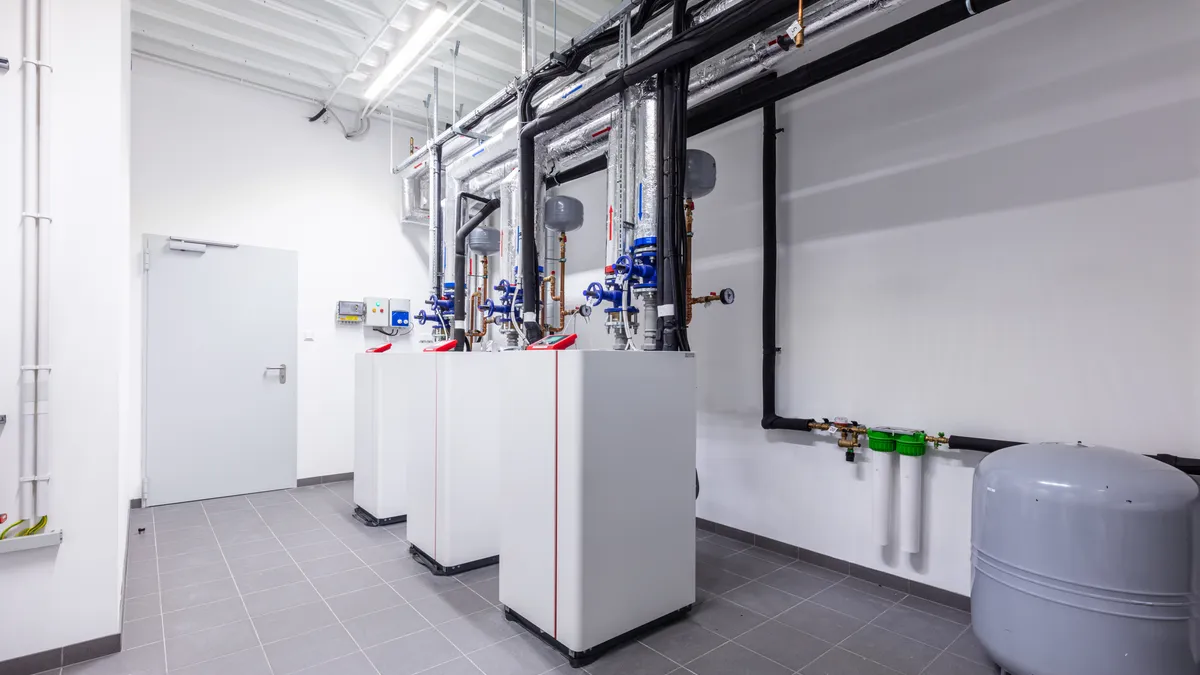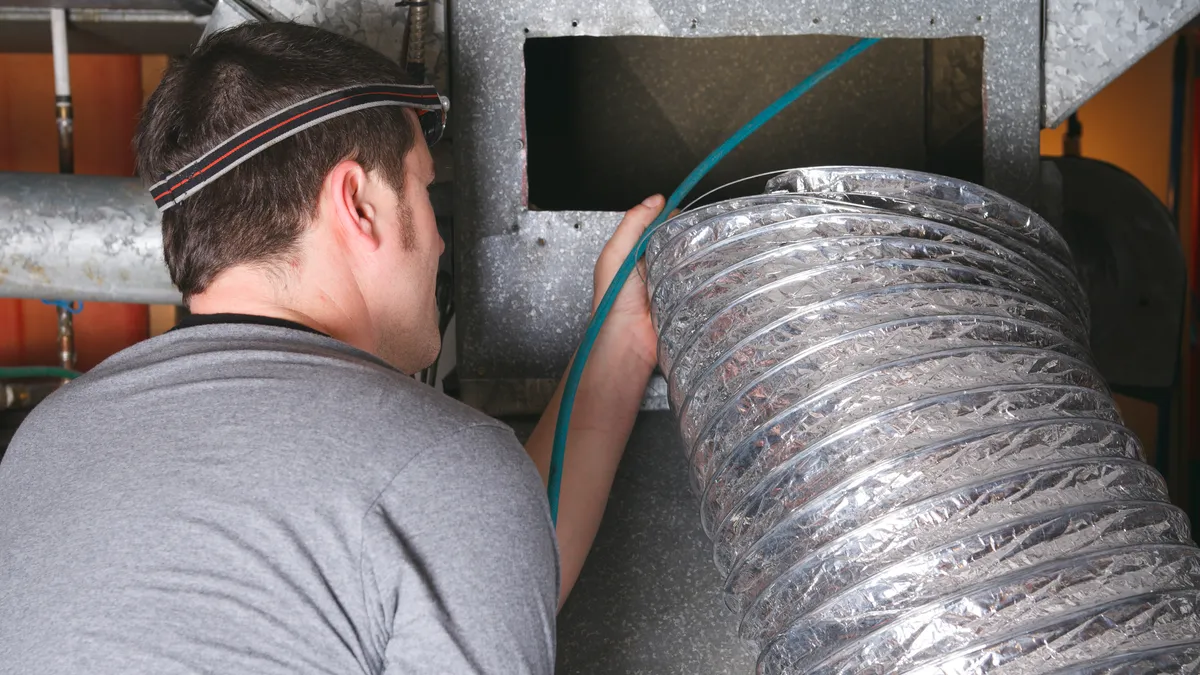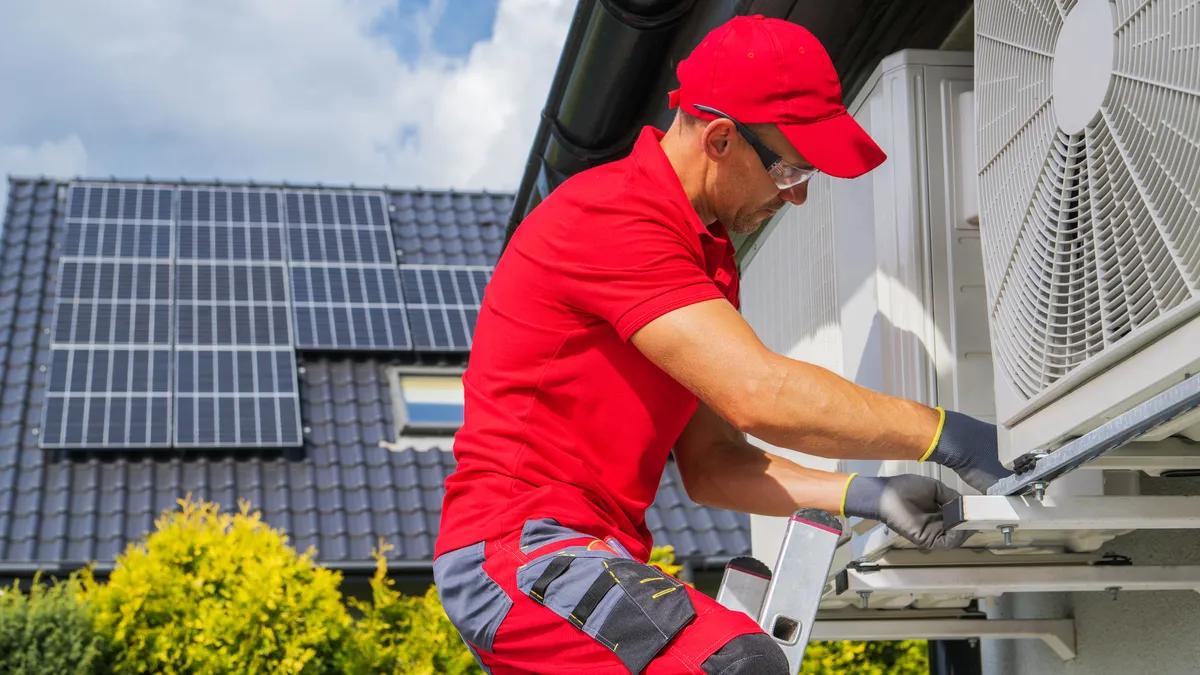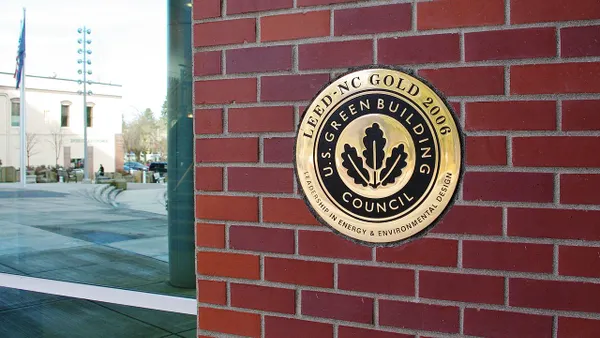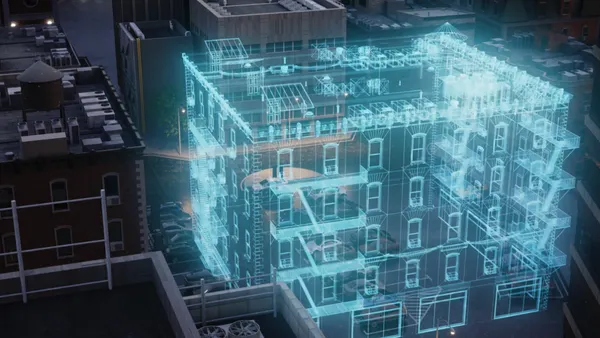The potential for higher energy efficiency, lower utility bills and reduced greenhouse gas emissions is driving the recognition of heat pumps as a viable heating and cooling solution. Features like vapor injection and variable speed drives are making heat pumps more viable today, especially in colder climates, said Paul Torcellini, principal engineer for the U.S. National Renewable Energy Laboratory’s commercial buildings research group. Deployment has been low, however, according to Maria Vargas, senior program advisor and director of the Better Buildings Initiative at the U.S. Department of Energy. Fewer than 15% of U.S. commercial buildings currently have heat pumps, according to a DOE fact sheet on its Commercial Building Heating Pump Accelerator program, which aims to bring new equipment to market as soon as 2027.
Costs continue to be a concern. Ithaca, New York, which is pursuing citywide decarbonization by 2030, last year worked to help owners and operators of nonresidential buildings take advantage of a utility incentive for air-source heat pumps, which often are less expensive than geothermal heat pumps. GHPs that are properly designed and installed, however, can reduce building operation costs compared with fossil-fuel-based or electric-resistance heating systems, noted Steve Zehr, a mechanical engineer with Grumman/Butkus. Groundwater-based GHPs are another option, with advocates saying they can be cost-effective across three-fourths of the U.S. Rochester, New York’s facilities and property manager notes that groundwater systems can use electricity more efficiently than air-source heat pumps.
Here’s a roundup of some of Facilities Dive’s biggest recent stories on heat pump adoption.



